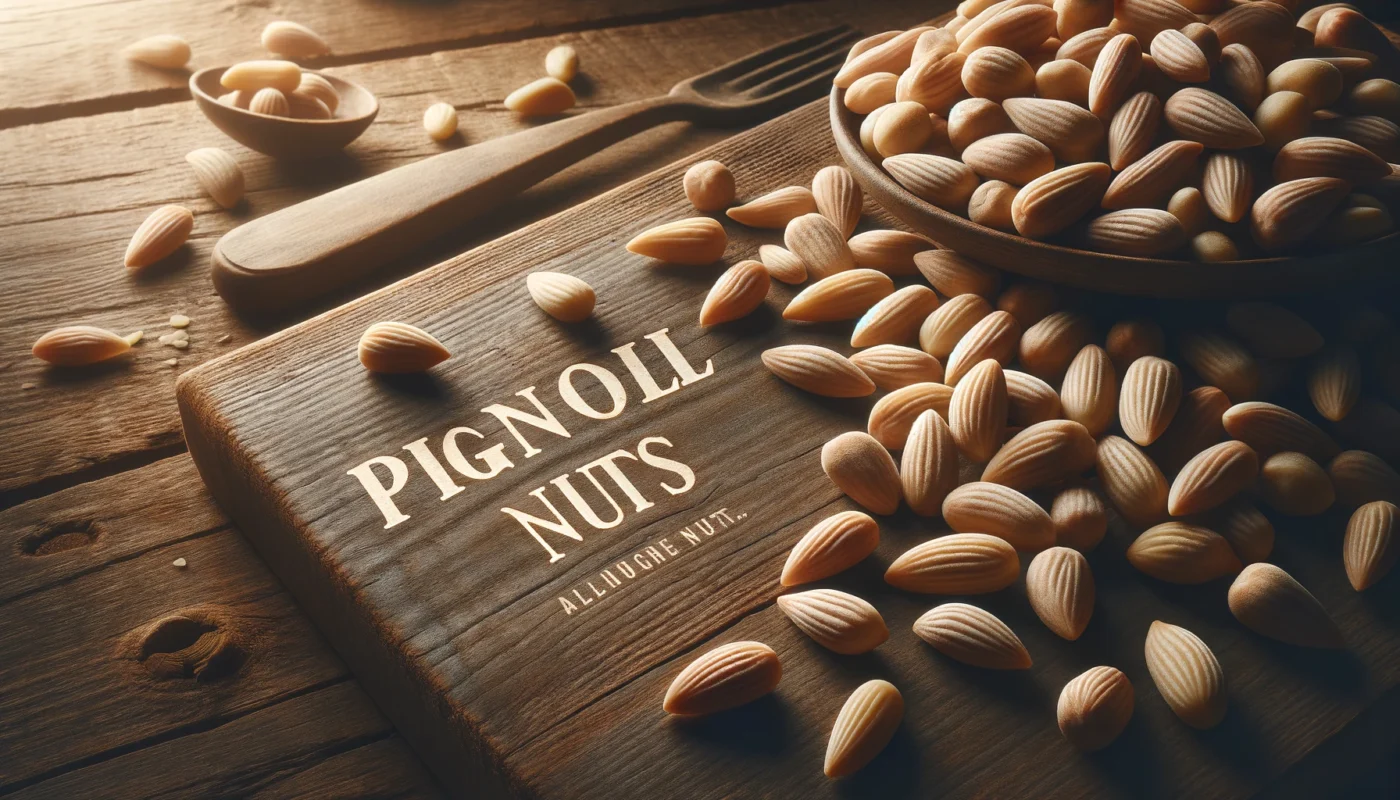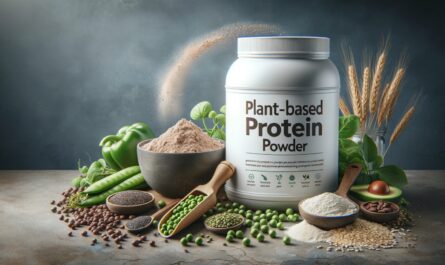Pignoli Nuts and Organic Pine Nuts
Overview of Pignoli Nuts
Pignoli nuts, widely known as pine nuts, are the edible seeds of pine trees found in various species within the genus Pinus. These small, elongated nuts are encased in a hard shell hidden inside the pine cones. It takes about 18 months for a pine cone to mature enough to harvest the nuts within, making pignoli nuts a precious commodity. Despite their name, These are not actual nuts but seeds, offering a sweet, buttery flavour and a soft, chewy texture, which makes them a highly prized ingredient in various culinary traditions.
Historical Significance
The use of pignoli nuts dates back to ancient civilizations, with evidence suggesting their consumption as far back as the Paleolithic period. The Roman Empire documented the use of pine nuts in their cuisine, utilizing them in various dishes, including sauces and as a thickening agent for stews and soups. In the Middle Ages, they became a symbol of wealth and were often used in festive and ceremonial food. The indigenous peoples of North America also harvested pine nuts, using them as a critical food source during winter.
Nutritional Profile
Pignoli nuts are cherished not only for their taste but also for their nutritional benefits. They are an excellent source of vitamins and minerals, including Vitamin E, Vitamin K, magnesium, and zinc. Rich in monounsaturated fats contribute to heart health by lowering cholesterol levels. They are also a good protein and dietary fibre source, making them a satisfying snack that can help with weight management. Additionally, they contain antioxidants, which protect the body from free radical damage and support overall health.
Culinary Uses of Pignoli Nuts and Pine Nut Nutrition
Pignoli Nuts in Mediterranean Cuisine
Pignoli nuts are a staple in Mediterranean cuisine and are featured in various dishes, from savoury to sweet. They are perhaps most famously used in pesto sauce, lending their distinct, nutty flavour to the classic Genoese recipe. Beyond pesto, They are sprinkled over salads, baked into bread and pastries, and used as a garnish on dishes like hummus and pasta, enhancing flavours and adding textural contrast.
Innovative Recipes Featuring Pignoli Nuts
Beyond traditional uses, pignoli nuts offer a world of culinary possibilities. They can be toasted and added to grain bowls or vegetable dishes for a crunchy texture or blended into smoothies to boost healthy fats and protein. Creative chefs have incorporated them into energy bars, vegan “cheese” recipes, and even as a base for gluten-free crusts. Their subtle sweetness also complements chocolate and fruit desserts, making them a versatile ingredient in savoury and sweet kitchens.
Tips for Cooking with Pignoli Nuts
Incorporating pignoli nuts into your diet can add a nutritious and flavorful twist to your meals, whether you adhere to traditional recipes or explore innovative culinary creations. When cooking with pignoli nuts, here are a few tips to maximize their flavour and preserve their nutritional benefits:
- Toasting: Gently toast pignoli nuts in a dry skillet over low heat, stirring frequently until golden. This enhances their flavour but should be done carefully to avoid burning.
- Storage: Store pignoli nuts in an airtight container in the refrigerator or freezer to prevent them from becoming rancid due to their high oil content.
- Substituting: While unique, pignoli nuts can be substituted with almonds, walnuts, or other nuts in recipes, although the distinctive flavour of pignoli will be somewhat altered.
- Pairing: Their mild, buttery flavour pairs well with sweet and savoury ingredients, making them adaptable to various dishes.
Health Benefits of Pignoli Nuts
Heart Health and Pignoli Nuts
Pignoli nuts are celebrated for their beneficial effects on heart health, attributed mainly to their high content of monounsaturated fats. These fats are known to reduce levels of LDL cholesterol (often termed “bad” cholesterol) while elevating HDL cholesterol (“good” cholesterol), thereby promoting a healthier lipid profile. Moreover, pignoli nuts contain magnesium and potassium, minerals that contribute to blood pressure regulation, further enhancing cardiovascular health. Regularly including pignoli nuts in the diet is linked with a reduced risk of heart attacks and strokes, underlining their significance in a heart-healthy diet.
Pignoli Nuts for Weight Management
Despite their high caloric content, pignoli nuts are valuable to weight management plans. Rich in protein and dietary fibre, they offer a feeling of fullness or satiety, which can help reduce overall calorie intake. Additionally, chewing nuts release satiety hormones, further aiding in appetite control. Pignoli nuts’ metabolic benefits also include the promotion of a healthy gut microbiome, thanks to their fibre content, which can positively affect weight management and overall health.
Antioxidant Properties of Pignoli Nuts
Antioxidants are crucial in fighting oxidative stress and reducing inflammation in the body, and pignoli nuts are a significant source of these compounds. They contain vitamin E, manganese, and polyphenols, antioxidants known for their ability to neutralize free radicals, thereby preventing cell damage and reducing the risk of various chronic diseases. Regularly consuming antioxidant-rich foods like pignoli nuts is associated with improved health outcomes and a lower risk of conditions such as cancer, heart disease, and neurodegenerative diseases.
Sourcing and Sustainability of Pignoli Nuts
Challenges in Pignoli Nut Harvesting
Harvesting pignoli nuts is labour-intensive and challenging, significantly impacting their availability and price. Pignoli nuts are harvested from the cones of pine trees, which can take years to mature. Once mature, the cones must be collected and processed to extract the nuts, requiring precision and patience. The laborious nature of this process, combined with the impact of climate change on pine forests, poses significant challenges to sustainable pignoli nut production.
Ethical Sourcing Practices
Ethical sourcing is crucial in the pignoli nut industry to ensure production sustainability and workers’ fair treatment. Ethical practices include paying fair wages, employing sustainable harvesting methods, and ensuring that production does not negatively impact local ecosystems. Consumers increasingly seek ethically sourced products, prompting companies to adopt transparent sourcing policies supporting local communities and sustainable agricultural practices.
Future of Pignoli Nut Production
The future of pignoli nut production hinges on addressing the dual challenges of environmental sustainability and meeting the growing demand. Climate change significantly threatens pine forests, affecting nut yield and quality. Innovation in sustainable farming practices, reforestation, and water management is critical to ensuring the long-term viability of pignoli nut production. Moreover, investing in research to improve pine trees’ yield and resilience can help secure this valuable crop’s future.
Storage and Preservation of Pignoli Nuts
Best Practices for Storing Pignoli Nuts
With their delicate flavour and rich oil content, pignoli nuts require proper storage to maintain quality and prevent rancidity. The best way to store them is in an airtight container in a cool, dark place. If stored in the pantry, they can last for about a month; refrigeration or freezing is recommended for more extended storage. In the refrigerator, pignoli nuts can last for 1 to 3 months, and when frozen, they can extend their freshness up to 9 months or more. It’s essential to ensure the nuts are tightly sealed to prevent them from absorbing odours from other foods.
Shelf Life and Signs of Spoilage
Pignoli nuts’ shelf life varies depending on their storage conditions. Signs of spoilage include a bitter taste, a rotten smell, and a colour change. If the nuts smell like used cooking oil or if their colour turns dark, it’s best to discard them. Keeping nuts away from direct light, heat, and moisture will significantly extend their shelf life.
Freezing and Other Preservation Methods
Freezing is the most effective method for preserving the freshness of pignoli nuts. Place the nuts in a sealed bag or container to freeze, removing as much air as possible. Another method is to roast the nuts slightly before storing them, which can help reduce moisture and extend their shelf life. However, it’s crucial not to over-roast as it might affect the nut’s delicate flavour.
- Freezing: Slows down decomposition by turning residual moisture into ice, inhibiting the growth of most bacterial species.
- Canning: Involves heating food to kill bacteria and sealing it in sterile cans or jars to prevent recontamination.
- Drying: Drying removes moisture from food, inhibiting the growth of bacteria, yeasts, and moulds. It can be done through air drying, sun drying, or using a dehydrator.
- Pickling: Uses vinegar or brine to create an acidic environment where bacteria cannot thrive, preserving the food.
Also visit my other post, Carnivore Diet Meal Plan for Beginners.
Pignoli Nuts in Popular Culture and Cuisine
Pignoli Nuts in Literature and Film
Pignoli nuts often appear in literature and film, symbolizing luxury, delicacy, or the intricacies of nature and life. They may be mentioned in contexts highlighting a character’s sophistication or scenes depicting traditional or gourmet cooking. The presence of pignoli nuts in storytelling can add a layer of authenticity to cultural settings or culinary backdrops, subtly enriching narratives with their esteemed culinary status.
Regional Delicacies: A Global Tour of Pine Nut Dishes
Pignoli nuts are celebrated globally for their versatility and unique flavour. In the Mediterranean, they are used in dishes like pesto, providing a creamy texture and nutty taste. They garnish dishes like kibbeh and hummus in the Middle East, adding a crunchy contrast. They are also used in sweets like Italian pignoli cookies. In Asia, especially in Korea, they are used in traditional teas and as a garnish. The appreciation for their flavour and nutritional value makes them a cherished ingredient worldwide.

DIY Projects and Home Uses in Pine Nuts Harvested
Making Homemade Pignoli Nut Butter
This section will guide readers through making their pignoli nut butter, a creamy and nutritious alternative to traditional nut butter. It would cover essential tips for achieving the perfect texture and flavour, including the type of pignoli nuts, roasting techniques, and ideas for customizing the butter with additional flavours or ingredients.
Crafting with Pignoli Nuts: From Decor to Bird Feeders
They aren’t just for eating; they also offer creative opportunities for crafting. This part of the blog will introduce several DIY projects using it, such as creating festive holiday decorations, handmade jewellery, or natural bird feeders. Each project would include a list of materials needed, step-by-step instructions, and suggestions for customizing the crafts to suit personal tastes or seasonal themes.
Future Trends and Research of Customer Reviews
The Future of Pignoli Nut Farming: Technological Advances
As demand for pignoli nuts grows, so does the need for sustainable and efficient farming practices. This section will explore emerging technologies and farming methods that could shape the future of pignoli nut production. Topics might include precision agriculture, drone technology for crop monitoring, and innovative harvesting techniques that minimize environmental impact while maximizing yield.
Ongoing Research: Health Studies and Culinary Innovation
The final part of the blog will highlight the latest research on the health benefits of pignoli nut and their potential role in preventing chronic diseases. It could also delve into culinary research, showcasing new and experimental uses of pignoli nuts in cooking and food production. This would not only underline the nutritional value of pignoli nut but also inspire food enthusiasts and professionals to experiment with this versatile ingredient.
FAQs on Pignoli Nuts
Q1. What exactly are Pine nuts?
Pine nuts are the edible seeds of pine trees. They are small, elongated nuts encased in a hard shell harvested from the cones of certain pine species.
Q2. How can pignoli nuts be used in cooking?
It is versatile in the kitchen. They are often toasted to enhance their flavour before being added to salads, pesto sauces, baked goods, and other dishes. They offer a slightly sweet, buttery taste and a crunchy texture.
Q3. Are pignoli nuts good for your health? They contain monounsaturated fats, protein, fibre, vitamins, and minerals. They offer health benefits such as improved heart health, support for weight management, and antioxidant properties.
Q4. Where can I buy pignoli nuts?
It can be purchased at grocery stores, health food stores, online retailers, and speciality food shops. They may be found in the baking aisle, the bulk foods section, or with other nuts and dried fruits.
Q5. Why are pignoli wild often more expensive than other nuts?
The higher price of pignoli nut is due to the labour-intensive harvesting process, the long growth cycle of pine trees, and the relatively low yield of nuts per cone. These factors contribute to their premium pricing in the market.



